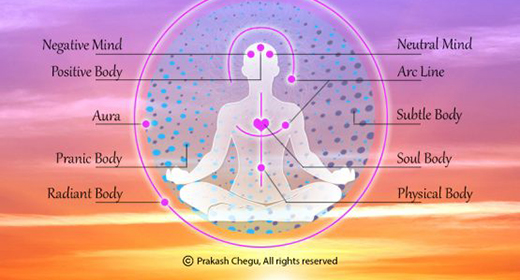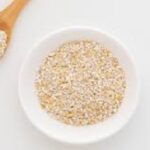by Kathy W. Warwick: Have you seen “whole grain” and “whole wheat” on labels in your grocery cart and wondered what the big deal is?
The quick answer: Eating whole-grain and whole-wheat foods has links to better health, like a lower risk of heart disease, diabetes, and some types of cancer.
Eating foods made from whole grains (including whole-wheat) gives you the extra fiber and nutrients that manufacturers throw out when they process grain into refined grain products, like plain white bread.
The difference between whole grains and whole wheat is simple:
- Whole grains. The manufacturing process leaves in the bran, germ, and endosperm of the original grain.
- Whole wheat. The above, but just for wheat.
When you hit the supermarket, look for “whole grain” and “whole wheat” on labels, check the ingredient list for particular types of whole grain, and check the nutrition facts for more fiber, vitamins, and minerals.
That’s your cheat sheet to picking healthy grains at the store. Read on for the finer details only science can provide.
The types of grains in a food product determine whether food qualifies as whole-grain or whole-wheat. When we talk about a “whole” grain, we mean all the parts of the kernel turn up to the party:
- Bran. This is the fibrous outer layer that has B vitamins and minerals.
- Germ. This provides healthy fats, vitamin E, B vitamins, and antioxidants.
- Endosperm. This is the carb-ilicious part of the kernel, or what’s left after grains are refined into white flour, white rice, etc.
By using the whole grain in a food product like bread or cereal, there are more nutrients and more fiber to work their wonders throughout your body.
A “whole-wheat” product is made from… you guessed it, the whole wheat kernel. If a product is called “whole-grain,” it contains the whole kernel of one or more grains, such as:
And yes, whole wheat is also technically a whole grain. Think of whole grains as “action movies” but whole wheat as Die Hard. It’s a good one, but it’s not every action movie! (It is still a Christmas movie, though.)
Processing is not a bad word when it comes to grains and doesn’t always prevent food manufacturers from keeping the bran, germ, and endosperm. A research review showed that milling grains can break down the tough outer layers, making some nutrients more available during digestion.
As long as all parts of the grain are included, all the nutrients are still there.










































